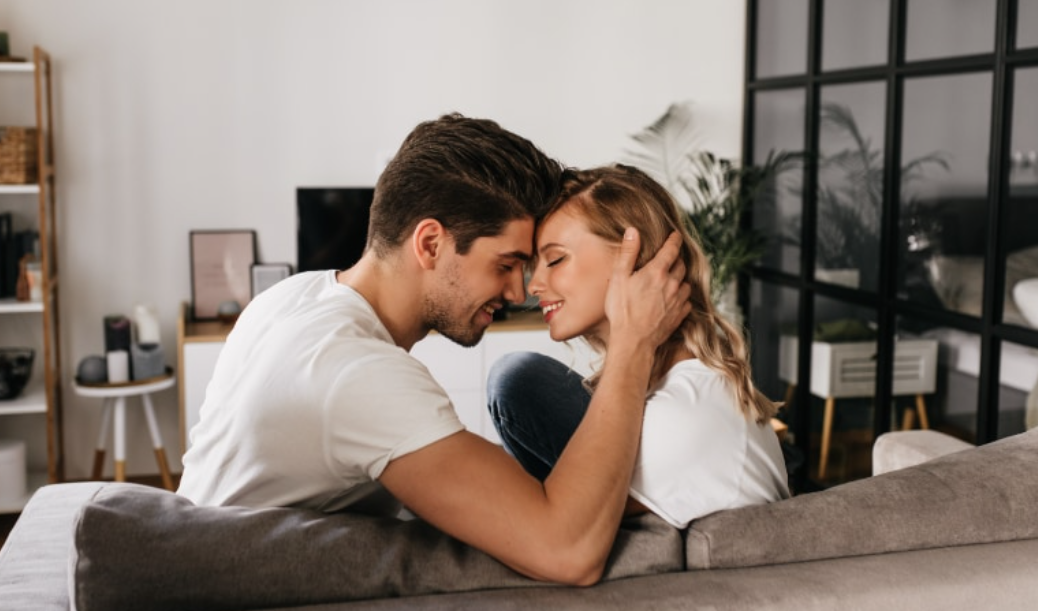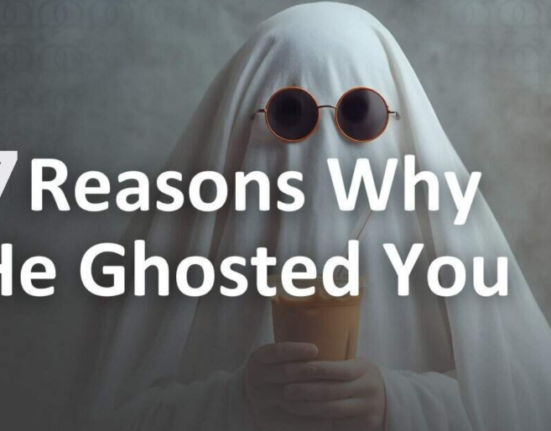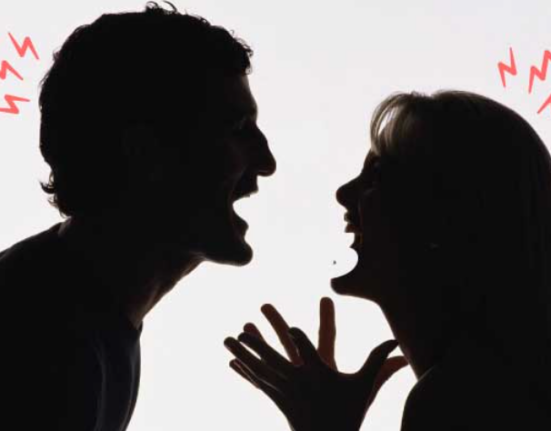Last Updated on October 31, 2025 by Rachel Hall
- How Your Attachment Style Influences Romantic & Adult Relationships—and How to Feel Secure in Love
- 1. Understand the Foundations of Attachment Theory
- 2. Recognise the Four Main Adult Attachment Styles
- 3. Explore How Attachment Styles Influence Romantic Relationships
- 4. Identify Your Own Attachment Style (With Awareness, Not Judgment)
- 5. How to Move Towards Secure Attachment
- 6. Know the Signs You're Becoming More Secure
- 7. Final Thoughts: Your Attachment Style Is a Map, Not a Life Sentence
How Your Attachment Style Influences Romantic & Adult Relationships—and How to Feel Secure in Love
Have you ever wondered why your romantic relationships seem to follow the same painful patterns? Maybe you become overly attached too quickly, or perhaps you retreat the moment someone gets too close. These repetitive behaviours aren’t a coincidence—they’re likely a reflection of your attachment style.
Your attachment style as an adult is formed early in infancy, shaped by the way your primary caregiver responded to your physical and emotional needs. Whether you felt safe, loved, or emotionally dismissed as a child, those experiences have laid down emotional pathways in your nervous system that still guide your thoughts and actions in adulthood.
Understanding attachment theory will not only help you make sense of your behaviour but will empower you to create stable relationships, build deeper emotional intimacy, and move towards secure connection—if you’re willing to do the work.
Let’s explore the four main attachment styles, how they show up in adult relationships, and what you can do to shift your patterns and finally experience the love and attention you deserve.
1. Understand the Foundations of Attachment Theory
Developed by British psychiatrist John Bowlby and later expanded by psychologist Mary Ainsworth, attachment theory proposes that human beings are hardwired to seek connection and proximity to others. As infants, we depend on our caregivers not only for survival but also to regulate our emotions.
If our primary caregiver is available, responsive, and emotionally present, we’re more likely to form a secure attachment style. If they are neglectful, inconsistent, or a source of fear, we may develop one of the three insecure attachment styles: anxious, avoidant, or disorganised.
These styles become emotional blueprints that influence everything—from how we express our needs to how we handle intimacy and closeness, abandonment, and conflict.
2. Recognise the Four Main Adult Attachment Styles
Let’s break down the different attachment styles and their impact on adult relationships:
Secure Attachment Style: Trust, Balance, and Openness
People with this attachment style are comfortable expressing emotions, can trust others, and maintain healthy boundaries. They thrive in intimate relationships, yet don’t fear being alone. They feel secure, both in themselves and in their connections.
- Developed through consistent care and emotional attunement
- Navigate conflict with ease
- Capable of seeking support and offering it
- Build close relationships without losing independence
This is what someone with a secure attachment looks like—and the good news is, it’s possible to become more secure even if you didn’t start that way.
Anxious Attachment Style: The Constant Need for Reassurance
If you’re always worried your partner will leave, or you feel unloved unless constantly reassured, you may have an anxious attachment style.
- Often stems from inconsistent caregiving in childhood
- Intense need for closeness but fear of abandonment
- Hyperaware of cues, often misinterpreting them
- Struggle to feel safe in relationships
Anxious and avoidant attachment pairings are especially volatile, with one partner craving connection and the other resisting it.
Avoidant Attachment Style: Independent but Isolated
Those with an avoidant attachment tend to value independence above all else. They may appear confident but often feel emotionally detached.
- Learned early on that emotions weren’t welcome
- Prefer autonomy and distance over intimacy
- Struggle to rely on others
- Often unavailable in romantic relationships
This attachment style often leads to shallow or short-lived relationships, despite a deep, hidden longing for closeness.
Disorganised (Fearful-Avoidant) Attachment: Craving and Fearing Love Simultaneously
This is the most complex of the adult attachment styles. People with a disorganised attachment style want affection and intimacy but are terrified of being hurt.
- Often caused by experiencing trauma, abuse, or neglect
- The caregiver was both a source of fear and a connection
- Behaviours fluctuate between anxious and avoidant
- Deep insecurity and fear of getting hurt
The internal conflict here can be overwhelming, often leading to self-sabotage in relationships.
3. Explore How Attachment Styles Influence Romantic Relationships
Your attachment style influences how you behave in a romantic relationship, including how you respond to stress, express your emotions, and handle closeness.
Consider how the dynamics play out:
- An anxious partner may constantly seek validation and feel rejected by emotional distance.
- An avoidant partner may withdraw when things get too intimate.
- A fearful-avoidant person may flip between clinging and pushing their partner away.
- A securely attached person can create emotional safety and model healthy communication.
When two insecure attachment styles interact—particularly anxious and avoidant—the result can be a toxic loop of pursuit and withdrawal, which can perpetuate lifelong negative patterns.
4. Identify Your Own Attachment Style (With Awareness, Not Judgment)
To help you make sense of your patterns, consider the following:
- How did your attachment develop in childhood? Were your caregivers emotionally available?
- In your current or past relationships, do you tend to pull people in or push them away?
- Do you feel loved easily, or do you doubt your partner’s intentions even when they show love and attention?
Free quizzes, like those from The Attachment Project, can offer insights—but the best approach is self-awareness and, where needed, working with a psychologist or psychoanalyst.
5. How to Move Towards Secure Attachment
No matter your starting point, you can shift towards secure attachment. Here’s how:
- Recognise your cues: Pay attention to your emotional triggers. Is your reaction based on your partner’s actions or your past?
- Learn to self-soothe: Regulate your nervous system when overwhelmed by fear or anxiety.
- Communicate openly: Practise being vulnerable and expressing your needs clearly.
- Choose safe partners: Being with someone with a secure attachment can help you feel more grounded and teach you how to navigate intimate relationships.
Remember, attachment styles are not fixed—they’re adaptive responses to your environment. With self-awareness, you can help yourself overcome the past and build stable relationships.
6. Know the Signs You’re Becoming More Secure
Signs you’re evolving from an insecure to a secure attachment style include:
- Feeling more at ease with emotional closeness
- Trusting your partner and allowing them in
- No longer panicking when you’re not in contact
- Understanding that you’re prone to certain reactions, but not defined by them
These changes show that you’re rewiring your patterns and stepping into a healthier version of love.
7. Final Thoughts: Your Attachment Style Is a Map, Not a Life Sentence
Your attachment style helps you decode why you feel, think, and react the way you do in relationships. But it’s not your destiny. With knowledge, support, and a commitment to growth, you can change how you connect with others—and with yourself.
Start with understanding. From there, move toward healing. And remember, you are worthy of love and attention, of feeling safe, and of having a romantic partner who meets your physical and emotional needs.
No matter your past, you can create a future filled with trust, affection, and true emotional intimacy.

Rachel Hall, M.A., completed her education in English at the University of Pennsylvania and received her master’s degree in family therapy from Northern Washington University. She has been actively involved in the treatment of anxiety disorders, depression, OCD, and coping with life changes and traumatic events for both families and individual clients for over a decade. Her areas of expertise include narrative therapy, cognitive behavioral therapy, and therapy for traumatic cases. In addition, Rachel conducts workshops focusing on the psychology of positive thinking and coping skills for both parents and teens. She has also authored numerous articles on the topics of mental health, stress, family dynamics and parenting.








Leave feedback about this